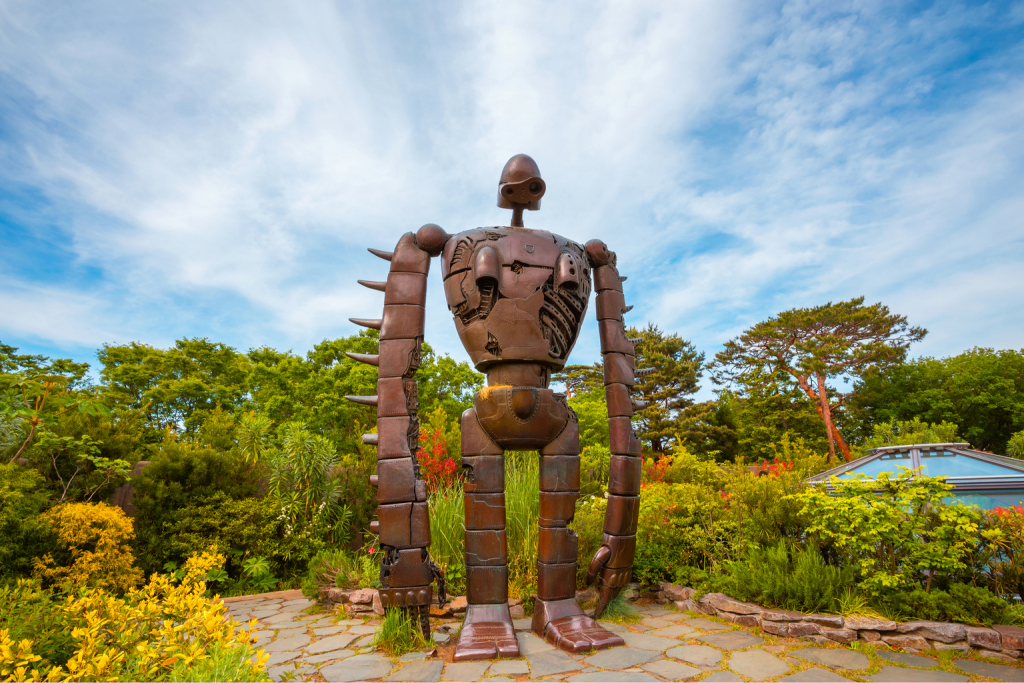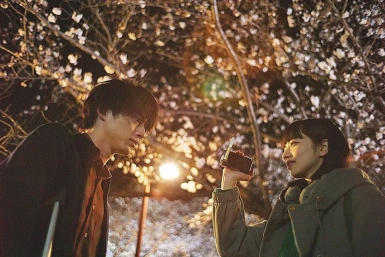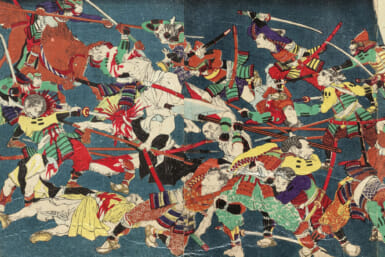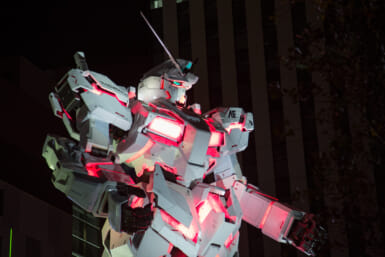At the age of 72, and having spent 5 years on his last film, “The Wind Rises” (Kaze Tachinu), famed Studio Ghibli director Hayao Miyazaki will retire. The director stated it would take him until he was 80 to finish another movie.
By Christopher O’Keeffe
The decision to step down has came as a blow to fans of the director’s work the world over. Miyazaki’s directorial debut came in 1979 with “The Castle of Cagliostro,” an adventure starring the popular character Lupin III. This was followed by “Nausicaa of the Valley of the Wind,” a fantasy adventure written and directed by Miyazaki based on his own manga series. After the success of “Nausicaa,” Miyazaki, along with fellow director Isao Takahata and producer Toshio Suzuki, founded Studio Ghibli in 1985. The studio would go from strength to strength with Miyazaki being the man behind many of its biggest hits, with beloved films such as “My Neighbor Totoro” and “Kiki’s Delivery Service” in his back catalogue, the animator is beloved for creating worlds where plot can feel secondary to the wonderful characters. Although in Japan the company has been hugely popular since its inception, it took 2001’s “Spirited Away” and its Best Animated Feature Oscar to truly boost Ghibli’s recognition abroad.
On the surface Miyazaki’s films may seem very different, certainly in terms of character and plot, and he has made no sequels. However, there is a range of common themes and motifs that run through the heart of these seemingly different worlds. His protagonists are often young girls, and they are strong, nuanced characters of a kind that children, especially girls, can look up to. Ghibli films quite often aren’t black and white in terms of antagonists, and characters who start off as the obvious villain are often revealed to have their own understandable reasons for doing the things they do, and may end up helping or working alongside the central character to achieve their goals. It’s these balanced and complicated relationships between characters that has made The films of Ghibli stand out in stark contrast to the often black and white world found in Disney movies and many other western children’s films.
“The warmth and magic of the characters and their interactions with each other are what makes the movie and what keeps people coming back to watch it time and again.”
Perhaps Miyazaki’s most famous creation is the gigantic grey forest spirit, Totoro. First appearing in the 1988 film “My Neighbour Totoro,” the much loved character has become the face of Studio Ghibli, as well as appearing in toys, books and all manner of goods. It’s interesting that after having seen this movie several times I still find myself being surprised by the plot, not because it’s interesting but quite the opposite: in the main thrust of the story nothing much happens. Two girls move to a new town, their mother gets sick and then she gets better. Totoro himself has very little impact on this narrative. But the plot is not what’s important. The warmth and magic of the characters and their interactions with each other are what makes the movie and what keeps people coming back to watch it time and again. The sight of the enormous Totoro sheltering from the rain beneath a tiny leaf, or the cat bus flying over the countryside, his headlight eyes showing the way, are some of the charming little moments that make the movie memorable and utterly unique.
My personal favorite of Miyazaki’s works is “Porco Rosso” (Kurenai no Buta). The story of an ace fighter pilot turned bounty hunter is special because like all great fantasy, it exists in a fully realized world that feels as if a thousand stories could be told outside of what we see in the movie. In a human world, Porco happens to be a pig. In any other film the story of how and why he became a pig and how he regains his human form would be the focus of the film. Not in Miyazaki’s world. The fact that he was once human and was turned for some reason into his porcine form is barely touched upon; it’s just something that is. Porco lives with it and so must we. When Porco is not flying his beautiful red sea plane around the Adriatic sea he lounges on a deserted beach, swigging red wine and listening to jazz; and it’s also strongly hinted that he is something of a ladies’ man. This swine has style too. Whether wearing flying togs complete with goggles and trailing scarf or a sharp white suit, the old hog carries an air of sophisticated cool. Porco’s fashion and the Casablanca stylings of his local bar, complete with lounge singers and dubious clientèle all add to the unique atmosphere of this charming film which would never have been made by anyone other than Miyazaki.
Although the announcement of Miyazaki’s retirement came as a shock, it’s perhaps not so surprising that “The Wind Rises” will now be his final work. Obviously a labor of love, and a work which does not – at first glance – lend itself to an animated feature film, it contains many of the director’s favorite themes and it’s clearly a story he felt needed to be told. His passion for flight and flying machines can be seen throughout his work, from early hits such as Nausicaa, the airships and sea planes of Porco Rosso, and the soaring brooms of “Kiki’s Delivery Service.” After eight weeks of release the story of Jiro Horikoshi and his dream of designing planes is still flying high at number 1 in the box office, so if you haven’t done so already it could be your last chance to catch a Miyazaki production on the big screen.
Image: cowardlion / Shutterstock.com









